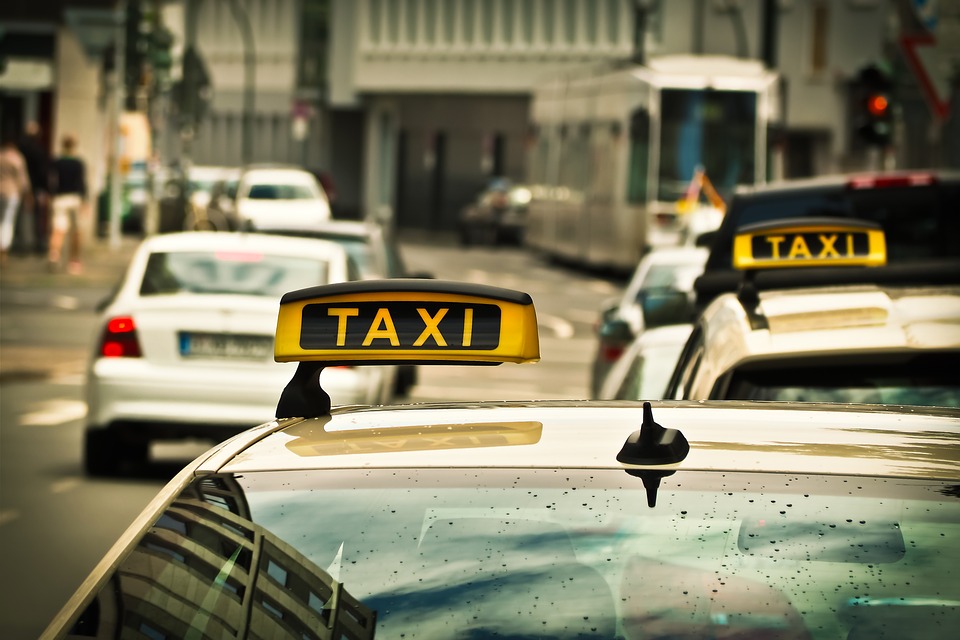Is Ola and Uber’s India growth story flattering? If both ride-hailing major’s growth numbers for past six months are anything to go by then the unbiased and overwhelming answer would be ‘yes.’ Two companies’ daily rides have posted disappointing growth of only 4% during the last six months, increasing from 3.5 million to 3.65 million.

This single digit growth is a far cry from 20% growth recorded in the same month in 2018 and impressive 57% in 2017 and 90% in 2016. Analysts cited massive reduction in driver incentives as one of the main reasons for pushing the growth to single-digit level. Uber and Ola were compelled for this unpopular measure in order to reduce their higher cash burn rate and thereby assuage their worried investors.
But addressing investor’s concerns has come at a price of aggravating drivers who are now apparently moving away from cab hailing companies. The latest commercial vehicle registrations numbers that are available on Maharashtra state transport department website shows that registrations has fallen to 24,386 in 2018-19 as compared to 66,683 in 2017-18.
Commercial vehicle registrations in Bengaluru have also steeply declined by 25%-30%, according to data furnished by top government officials.
Drivers growing disenchantment doesn’t obviously entail good news for customers ether. Customers will have to brace for higher wait times – from approximately 2-4 minutes to almost 12-15 minutes now. Not to mention customers will soon have to dig more deep into their pockets to shell out 15%-20% higher fares.
As a result, there is every possibility that good majority of price conscious Indian customers may completely turn their backs upon Uber and Ola. This in-turn is likely to have further adverse effect on ride-hailing companies long drawn pursuit to find a sustainable business model. Something that will send fresh jitters to investors who have already been let down by Uber’s highly disappointing IPO.
Uber’s lackluster IPO will most probably increase investor’s pressure to cut down on cash burn rates and keeping debt-to-equity ratio well within the reach.
Searching for new profitable Businesses
Ola and Uber management are certainly not too naïve to put all their eggs in one basket. Over the years both companies have been resolutely trying to build alternative businesses and finding new avenues within the urban mobility business.
Ola has made a huge bet on its new acquired food delivery business FoodPanda. It is also gearing up for pursuing aggressive growth in electric mobility especially in two and three-wheeler segments. Ola’s electric mobility business has already raised good amount of capital from investors including Rs 400 crore from Tiger Global & Matrix India and recent investment from Ratan Tata.
Buoyed by Indian government’s push for electric vehicles, Bhavish Aggarwal’s company is aiming to put 1 million electric vehicles on Indian roads by 2022.
Uber, on other hand, is trying very hard to increase monetization from its own food delivery business UberEats. It is also attempting to diversify its mobility business by venturing into auto-rickshaw and bikes. However, these segments still haven’t set the cash counters ringing.

